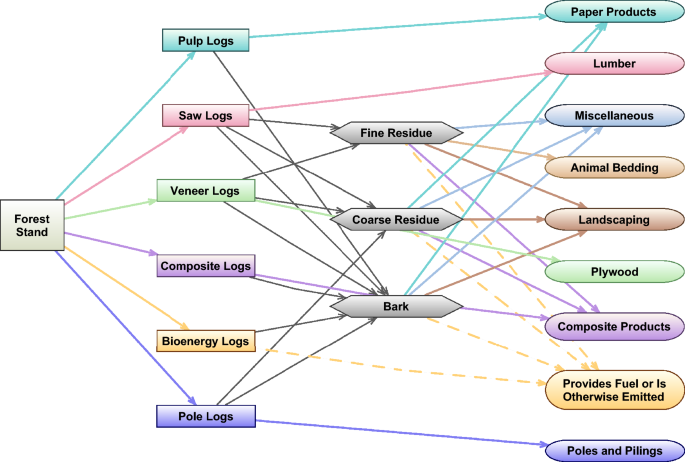2024-03-07 パシフィック・ノースウェスト国立研究所(PNNL)
<関連情報>
- https://www.pnnl.gov/publications/comprehensive-calibration-procedure-earth-system-model-water-cycle
- https://gmd.copernicus.org/articles/17/1197/2024/
エネルギーエクサスケール地球システムモデル(E3SM)V2における流況変動の水文学的・水理学的制御の解明-パンタナール地域のケーススタディ Disentangling the hydrological and hydraulic controls on streamflow variability in Energy Exascale Earth System Model (E3SM) V2 – a case study in the Pantanal region
Donghui Xu, Gautam Bisht, Zeli Tan, Chang Liao, Tian Zhou, Hong-Yi Li, and L. Ruby Leung
Geoscientific Model Development Published:13 Feb 2024
DOI:https://doi.org/10.5194/gmd-17-1197-2024

Abstract
Streamflow variability plays a crucial role in shaping the dynamics and sustainability of Earth’s ecosystems, which can be simulated and projected by a river routing model coupled with a land surface model. However, the simulation of streamflow at large scales is subject to considerable uncertainties, primarily arising from two related processes: runoff generation (hydrological process) and river routing (hydraulic process). While both processes have impacts on streamflow variability, previous studies only calibrated one of the two processes to reduce biases in the simulated streamflow. Calibration focusing only on one process can result in unrealistic parameter values to compensate for the bias resulting from the other process; thus other water-related variables remain poorly simulated. In this study, we performed several experiments with the land and river components of the Energy Exascale Earth System Model (E3SM) over the Pantanal region to disentangle the hydrological and hydraulic controls on streamflow variability in coupled land–river simulations. Our results show that the generation of subsurface runoff is the most important factor for streamflow variability contributed by the runoff generation process, while floodplain storage effect and main-channel roughness have significant impacts on streamflow variability through the river routing process. We further propose a two-step procedure to robustly calibrate the two processes together. The impacts of runoff generation and river routing on streamflow are appropriately addressed with the two-step calibration, which may be adopted by developers of land surface and earth system models to improve the modeling of streamflow.



